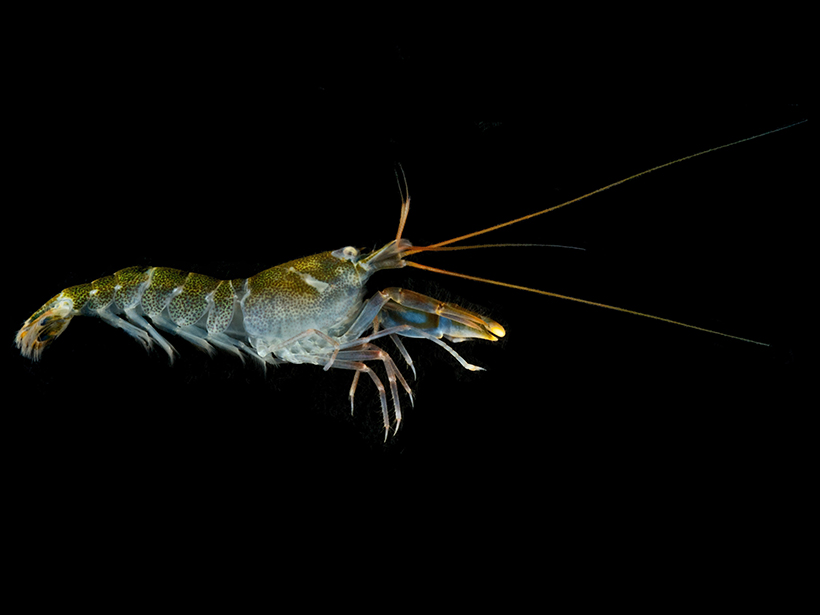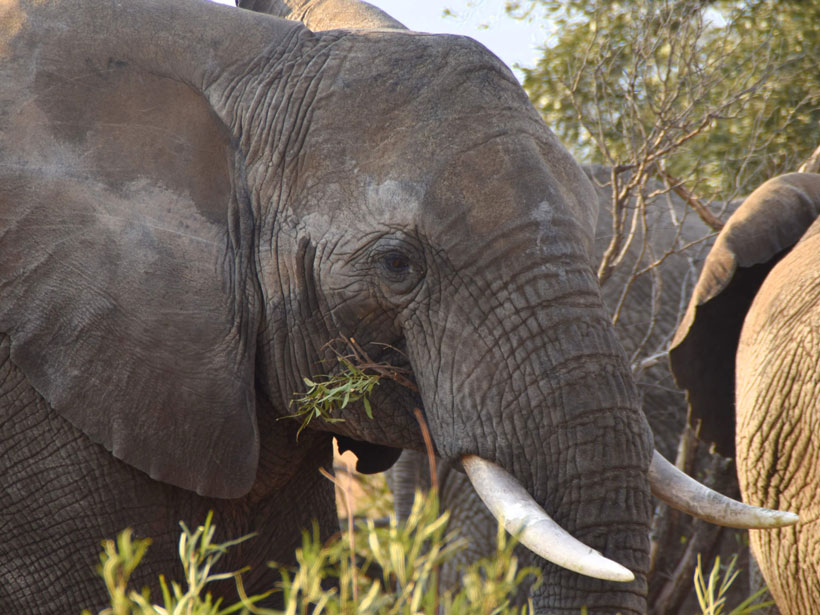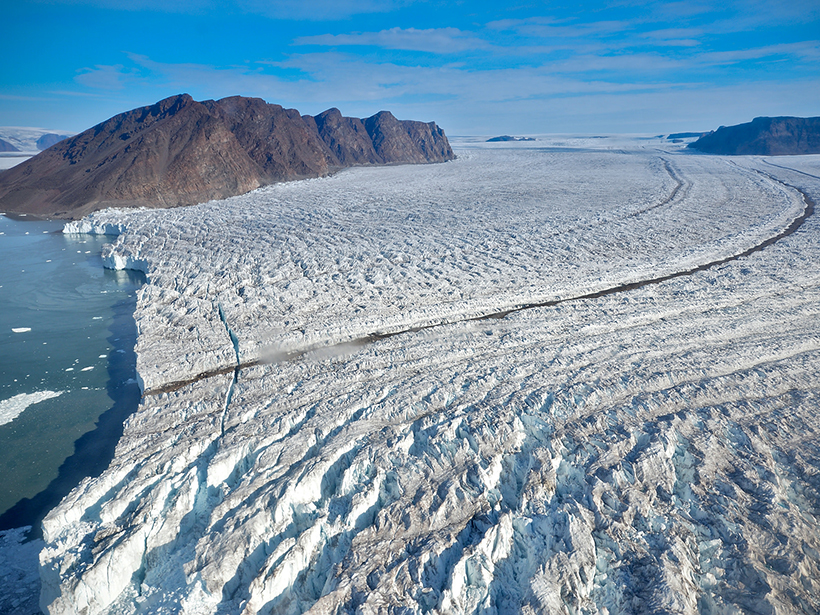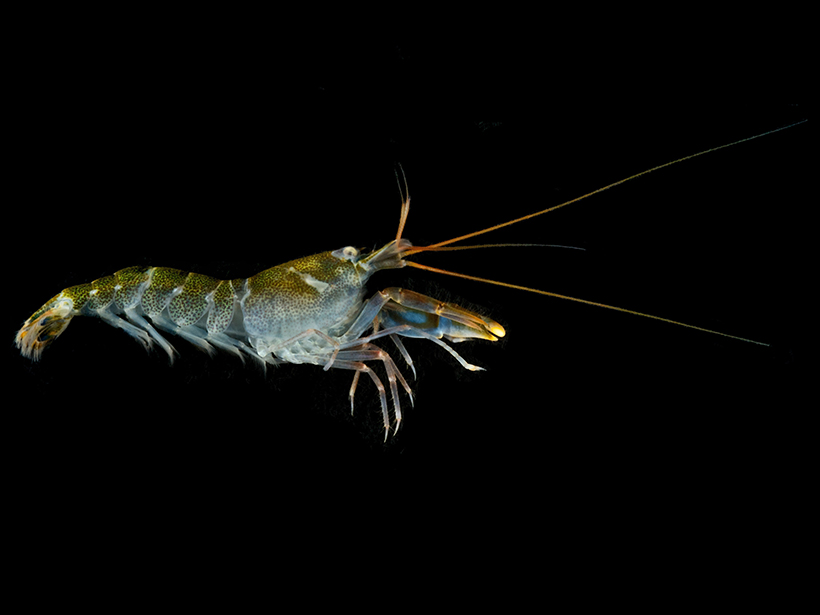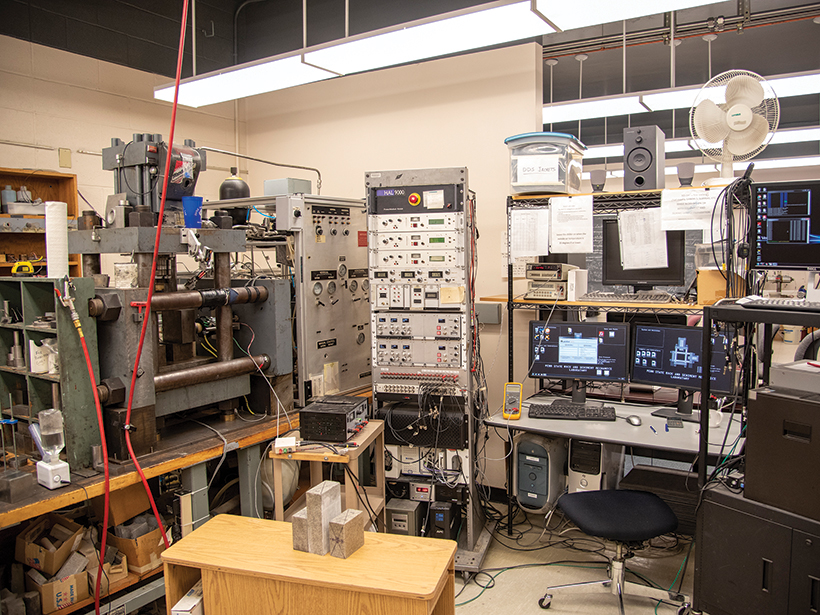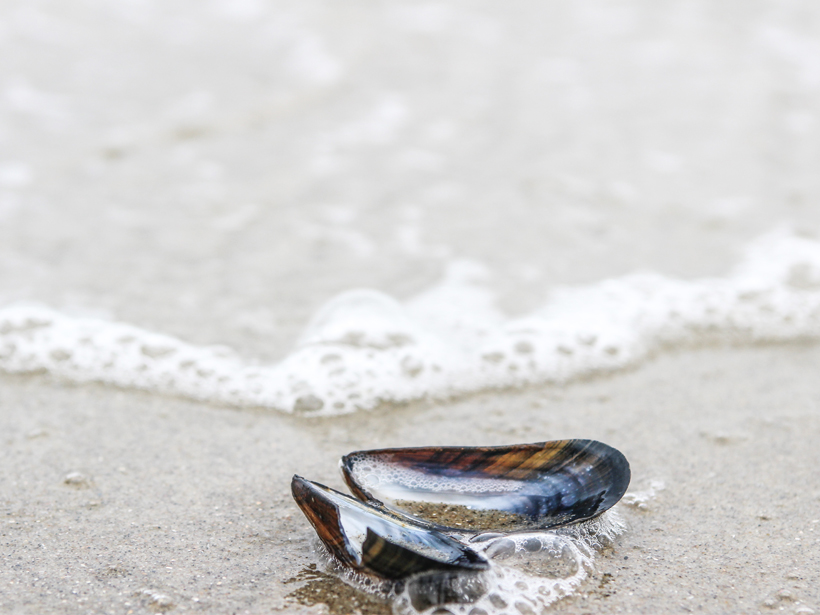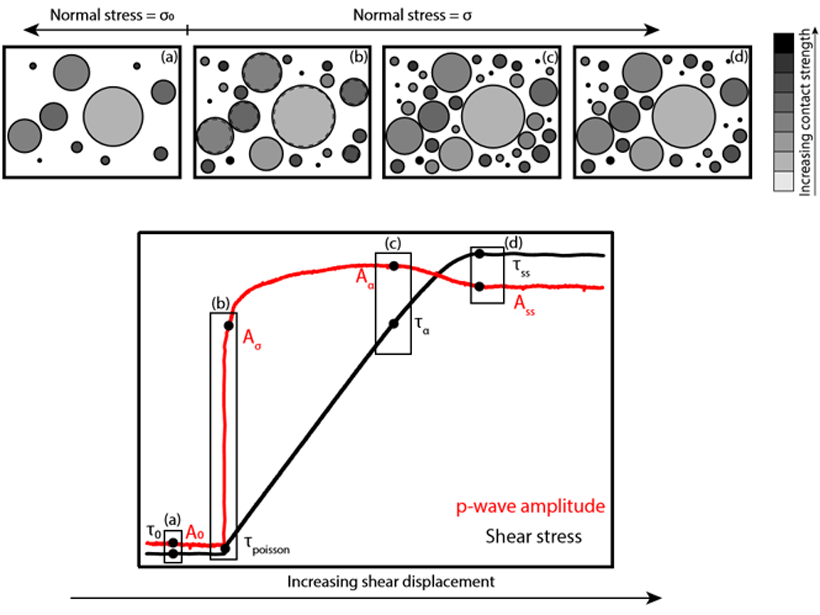Conforme el océano se calienta debido al cambio climático, ruidos más fuertes podrían enmascarar los llamados de otros animales marinos usados para navegar, buscar alimento o pareja.
acoustics
Emerging Technologies Help Scientists Tune In to Krill
Acoustic tools identify the population of “the most important fishery in the Southern Ocean.”
Podcast: Instruments of Unusual Size
Rumbling volcanoes act like giant musical instruments that researchers can study to better monitor eruptions.
Monitoring African Elephants with Raspberry Shake & Boom
A team of researchers has used low-cost devices to record footsteps and vocalizations from African elephants in the field.
Tuning in to a Glacial Symphony
New research focuses on the bubbling and bathtub-like sounds of a glacier.
Snapping Shrimp Pump Up the Volume in Warmer Water
As the ocean warms because of climate change, the louder din could mask other marine animals’ calls used to navigate, forage, and find mates.
Machine Fault
Applying machine learning to subtle acoustic signals from an earthquake machine has revealed big clues about fault behavior in the lab.
Shells Sound Out Sand’s Acoustic Signatures
Shell remains give sand from different locations unique acoustic signatures.
CAT Pictures of Internal Solitary Waves in Indonesian Strait
Huge and rapid subsurface temperature changes associated with propagating internal solitary waves were observed from a moored coastal acoustic tomography (CAT) system in Lombok Strait in Indonesia.
Laboratory Study Probes Triggering Mechanisms of Earthquakes
A new experimental technique traces the state of a shearing fault gouge and shows for the first time how friction of a fault surface can change as a function of varying normal stress.

